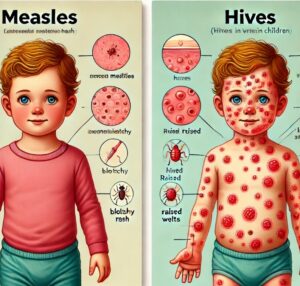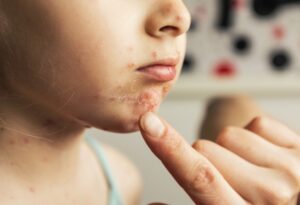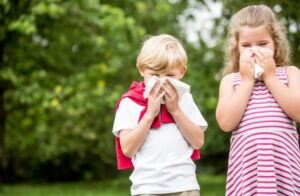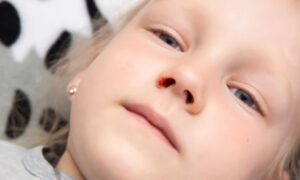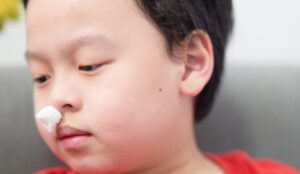Summer's hot weather allows children to enjoy outdoor activities to the fullest, but the high temperatures and humidity also bring skin problems, one of which is heat rash. Heat rash, medically known as "miliaria," is caused by blocked sweat glands. Understanding how to prevent and manage heat rash can help parents better protect their children's skin health.
1. What is Heat Rash?
Heat rash is a skin condition that typically occurs in hot and humid weather. It forms when sweat glands become blocked, preventing sweat from being properly expelled, which leads to red bumps and itching on the skin. Heat rash commonly appears in skin folds such as the neck, armpits, groin, and under the breasts.
2. Symptoms of Heat Rash
Red Bumps
The main symptom of heat rash is the appearance of small red bumps or papules on the skin, often accompanied by itching. These red bumps may cluster together, forming small patches.
Itching and Discomfort
The affected skin may feel intensely itchy, causing discomfort that can affect daily activities.
Skin Inflammation
In severe cases, heat rash can lead to skin inflammation, presenting as redness and pustules.
3. Methods for Preventing Heat Rash
Keep Skin Dry
In hot weather, dress children in breathable, lightweight clothing to help sweat evaporate and keep the skin dry. Avoid heavy clothing that traps sweat.
Regular Bathing
Keep children's skin clean by washing with lukewarm water and a mild, fragrance-free soap, especially after sweating. Promptly wash off sweat to prevent blockage of sweat glands.
Use Appropriate Skincare Products
Choose fragrance-free, non-irritating skincare products suitable for children, such as moisturizers or powder, to help keep the skin dry.
Avoid Prolonged Exposure to High Temperatures
Reduce the time children spend in hot environments, especially during peak heat hours. Opt for shady areas and avoid direct sunlight.
4. Managing Heat Rash
Keep the Skin Clean
Gently wash the affected areas with lukewarm water and avoid using harsh bath products. After washing, gently pat the skin dry without rubbing.
Use Heat Rash Creams
Apply creams containing ingredients like sulfur or zinc oxide to help relieve itching and reduce inflammation.
Maintain Skin Dryness
Use talcum powder or other moisture-absorbing agents to help keep the skin dry and reduce sweat-related irritation.
Avoid Scratching
Encourage children not to scratch the rash to prevent infection or further irritation.
Seek Medical Help
If symptoms are severe, such as widespread redness, inflammation, or pustules, consult a healthcare professional for appropriate treatment.
Summer is a wonderful time for children, but the hot and humid conditions can lead to heat rash. By taking appropriate preventive measures and managing the rash effectively, parents can reduce discomfort and ensure their children enjoy a safe and comfortable summer. If symptoms are severe, seeking medical advice is crucial.
We hope this guide helps parents understand and address heat rash in children, allowing them to have a healthy and happy summer.





